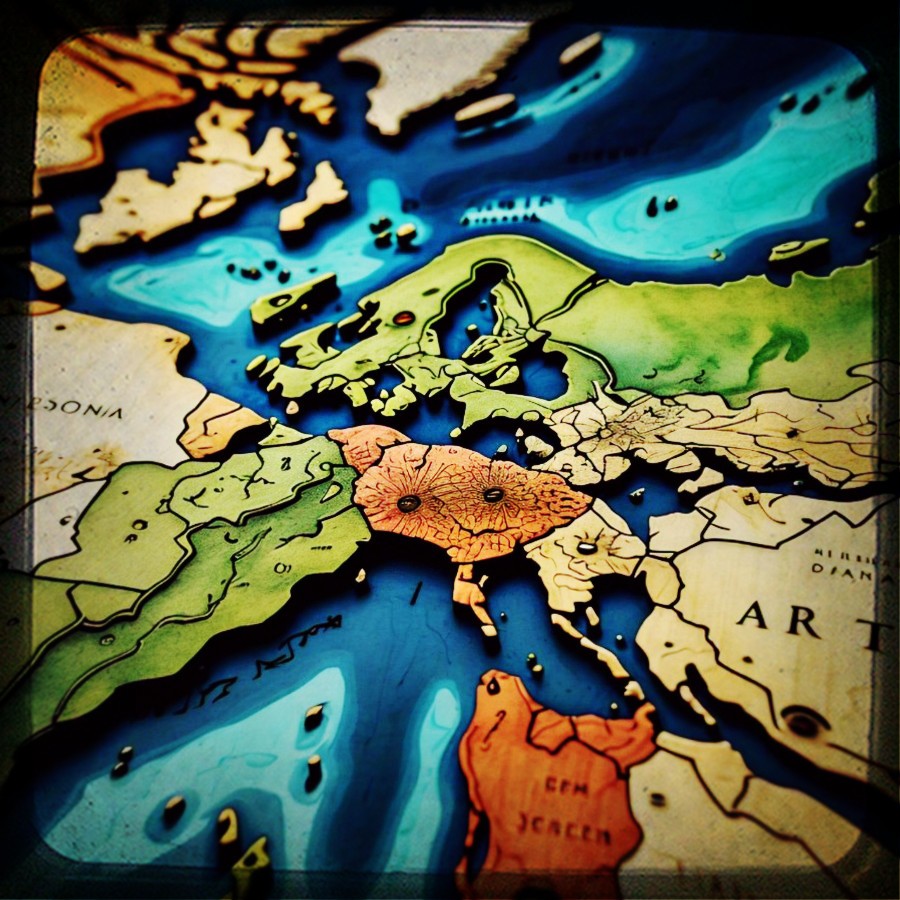How Many Countries Are There in the World? A Current Overview

Understanding the number of countries in the world is more than just a matter of counting; it involves navigating complex political and geographical landscapes. As of 2024, the number of recognized sovereign states is generally accepted to be 195. This count includes 193 member states of the United Nations and 2 observer states: the Holy See (Vatican City) and Palestine. Here?s a detailed overview to help clarify the current count and the factors that influence it.
1. The Standard Count: 195 Countries
United Nations Member States: The United Nations, an international organization dedicated to promoting peace and cooperation, has 193 member states. Membership in the UN is often used as a benchmark for counting recognized countries.
Observer States: In addition to the UN member states, there are two observer states:
The Holy See (Vatican City): The Vatican is a sovereign entity and the spiritual and administrative center of the Roman Catholic Church.
Palestine: Recognized by the UN General Assembly as a non-member observer state, Palestine?s status is a subject of international debate and negotiation.
2. Unrecognized and Partially Recognized States
Taiwan: Officially known as the Republic of China (ROC), Taiwan operates as a separate entity with its own government and economy. However, due to diplomatic recognition issues, it is not a member of the United Nations and is not universally recognized as a sovereign state.
Western Sahara: This territory is claimed by both the Sahrawi Arab Democratic Republic and Morocco. While the Sahrawi Arab Democratic Republic is recognized by some countries and is a member of the African Union, it does not have widespread international recognition.
Other Entities: Various other regions and entities declare independence or have limited recognition. Examples include Abkhazia and South Ossetia, which are recognized by a few countries but not by the UN.
3. Factors Influencing Country Counts
Political Recognition: The recognition of a country often depends on political agreements, diplomatic relations, and international recognition. Changes in government, international diplomacy, and conflicts can affect the status and recognition of states.
Geopolitical Changes: The number of recognized countries can change due to geopolitical events such as wars, treaties, and declarations of independence. Historical examples include the dissolution of the Soviet Union and Yugoslavia, which led to the creation of several new countries.
International Organizations: Different international organizations may use varying criteria for membership and recognition, which can influence the count of countries in certain contexts.
4. Historical Context
Evolution of Countries: The number of recognized countries has fluctuated throughout history. The formation of new nations, colonial independence, and geopolitical changes have continuously reshaped the global map.
Historical Examples: The creation of new countries from former empires and colonial territories is a significant part of history. The 20th century saw a dramatic increase in the number of countries due to decolonization and the end of large political entities.
5. Current Issues and Considerations
Diplomatic Recognition: The international community?s stance on recognizing countries can be complex. Some regions may be considered countries by certain nations or organizations but not by others.
Legal and Political Status: The legal status of territories and regions can be contested and may vary depending on international law and agreements.







